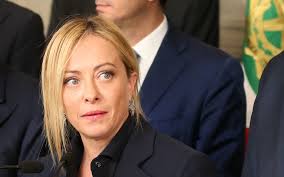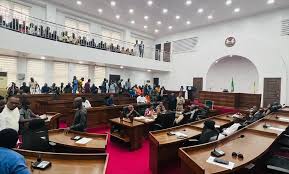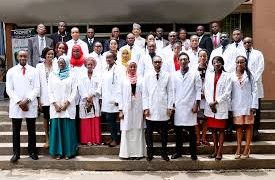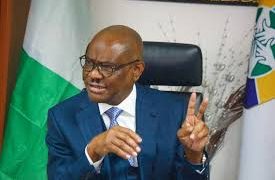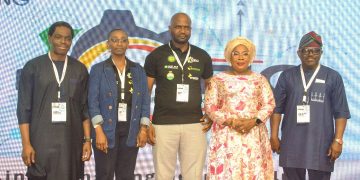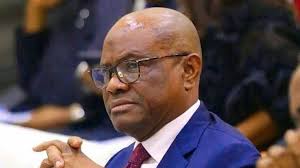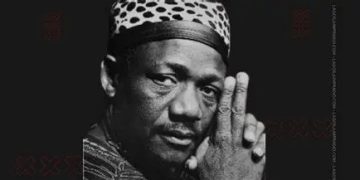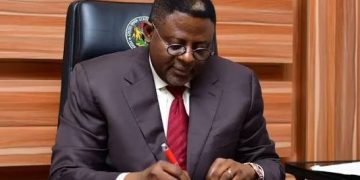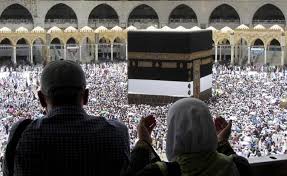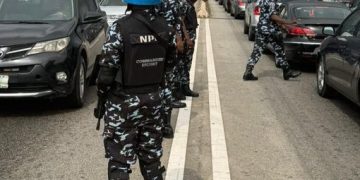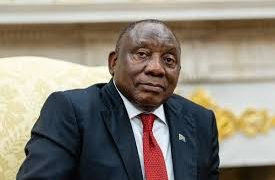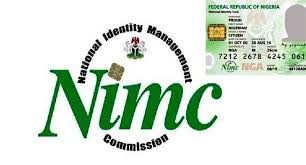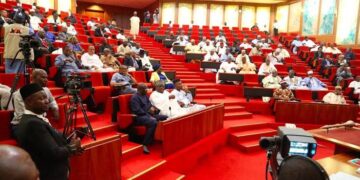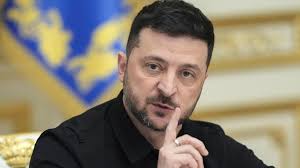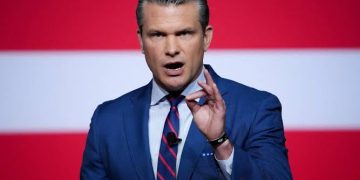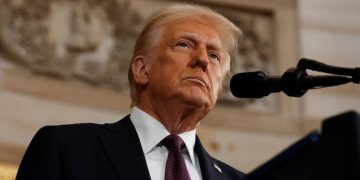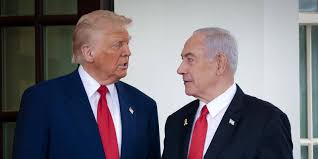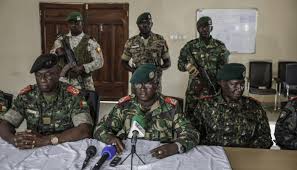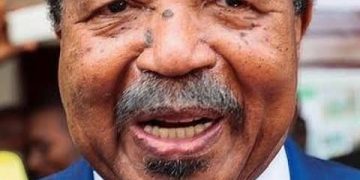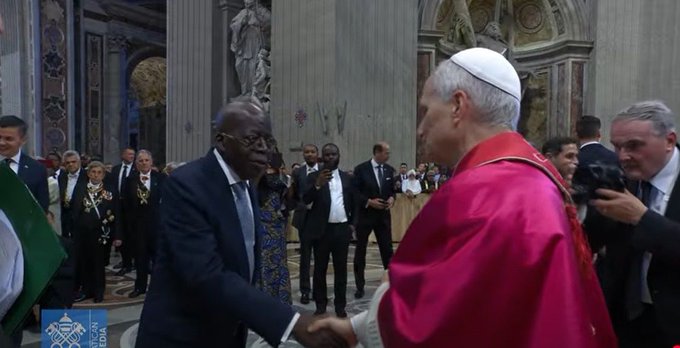On Sunday, May 18, 2025, President Bola Ahmed Tinubu paid a historic visit to Vatican City, meeting with the newly installed Bishop of Rome and leader of the Roman Catholic Church, His Holiness Pope Leo XIV. The occasion, filled with ceremonial grandeur, was a rare opportunity for Nigeria to strengthen diplomatic and interfaith relations with one of the most influential religious institutions in the world.
With over 29 million Catholics, Nigeria is home to one of the largest Catholic populations in Africa. As such, it was entirely appropriate for President Tinubu, as the leader of a religiously diverse nation, to seek an audience with the Pope. However, what could have been a moment of solemn symbolism and mutual respect was unfortunately diminished by a series of missteps in cultural diplomacy and strategic messaging.
One of the most jarring misjudgments was the President’s choice of attire. Known for his consistent use of traditional Yoruba agbada, President Tinubu arrived at the Vatican wearing a Western-style suit and tie. For many Nigerians, this was a surprising departure from a man who has long embraced his cultural identity through dress. In fact, it was the first time in over two decades—since his tenure as Governor of Lagos State—that the President was seen in such formal Western attire.
In stark contrast, Pope Leo XIV appeared in his full papal vestments, symbolizing the Catholic Church’s deep reverence for tradition and spiritual authority. Similarly, accompanying Nigerian clerics—Archbishop Lucius Ugorji (President of the Catholic Bishops’ Conference of Nigeria), Archbishops Ignatius Kaigama of Abuja, Alfred Martins of Lagos, and Bishop Matthew Hassan Kukah of Sokoto—were all clad in their religious robes. None of them wore suits.
This sartorial disparity highlighted a broader issue: the disconnect between purpose and perception. A visit to the Vatican should have been an opportunity for President Tinubu to showcase Nigeria’s rich cultural heritage and religious plurality. Wearing his native agbada would not only have projected authenticity and cultural confidence but also reinforced his message of religious tolerance and unity. As the President himself remarked, “If we use our diversity not for adversity but for prosperity, the country’s hope is stability and progress.” His wardrobe, however, told a different story.
Beyond dress, the tone and substance of the visit appeared misaligned with the nature of the occasion. Reports suggest that the visit leaned heavily on economic rhetoric, with the President emphasizing investment and development partnerships. While such discussions are crucial in broader diplomatic engagements, the Vatican is not a venue for transactional diplomacy. The Pope is not a banker or investor, but a spiritual leader whose influence is moral and humanitarian, not financial.
Framing the visit primarily around economic cooperation was a diplomatic miscalculation. Instead, the moment should have been leveraged to advance interreligious dialogue, promote global peace-building efforts, and foster humanitarian collaboration. At a time when religious harmony is fragile both within Nigeria and globally, the Vatican visit could have been used to project Nigeria as a beacon of interfaith coexistence.
This was not just another stop on a diplomatic tour. It was a unique moment to elevate Nigeria’s image on the world stage, to reflect cultural dignity, and to emphasize unity through diversity. Unfortunately, what could have been a powerful display of national identity and religious inclusivity turned into a missed opportunity—undermined by poor symbolism and diluted messaging.
As Nigerians ponder the significance of this high-profile engagement, one lingering question remains: if the Catholic clergy present—including some of the nation’s most prominent bishops—proudly wore their religious garb, why did the President feel compelled to wear a suit and tie?
Olalekan Adigun is a journalist and researcher based in Abuja. He can be reached on adgorwell@gmail.com


